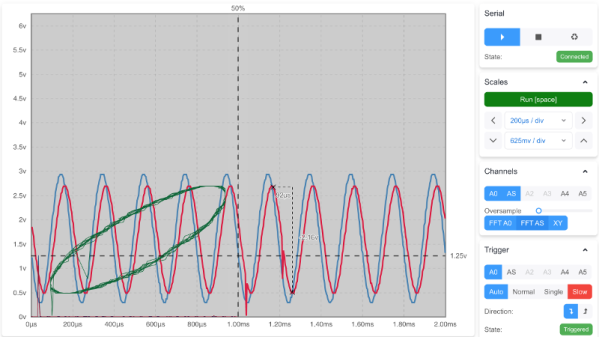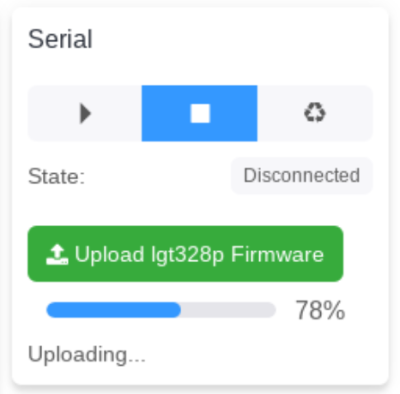Arguably one of the most important pieces of software to have in your hardware hacking arsenal is a nice serial terminal emulator. There’s plenty of choice out there, from classic command line tools to flashier graphical options, which ultimately all do the same thing in the end: let you easily communicate with gadgets using UART. But now you’ve got a new choice — instead of installing a serial terminal emulator, you can simply point your browser to the aptly-named serialterminal.com.
Well, maybe. As of this writing it only works on Chrome/Chromium (and by extension, Microsoft Edge), so Firefox fans will be left out in the cold unless Mozilla changes their stance on the whole Web Serial API concept. But assuming you are running the appropriate browser, you’ll be able to connect with your serial gadgets with a simple interface that should be familiar to anyone who’s worked with more traditional terminal software. In a quick test here at the Hackaday Command Center, we were able to bring up the Bus Pirate UI with no problems using Chrome on Linux. Continue reading “Web Serial Terminal Means It’s Always Hacking Time”















